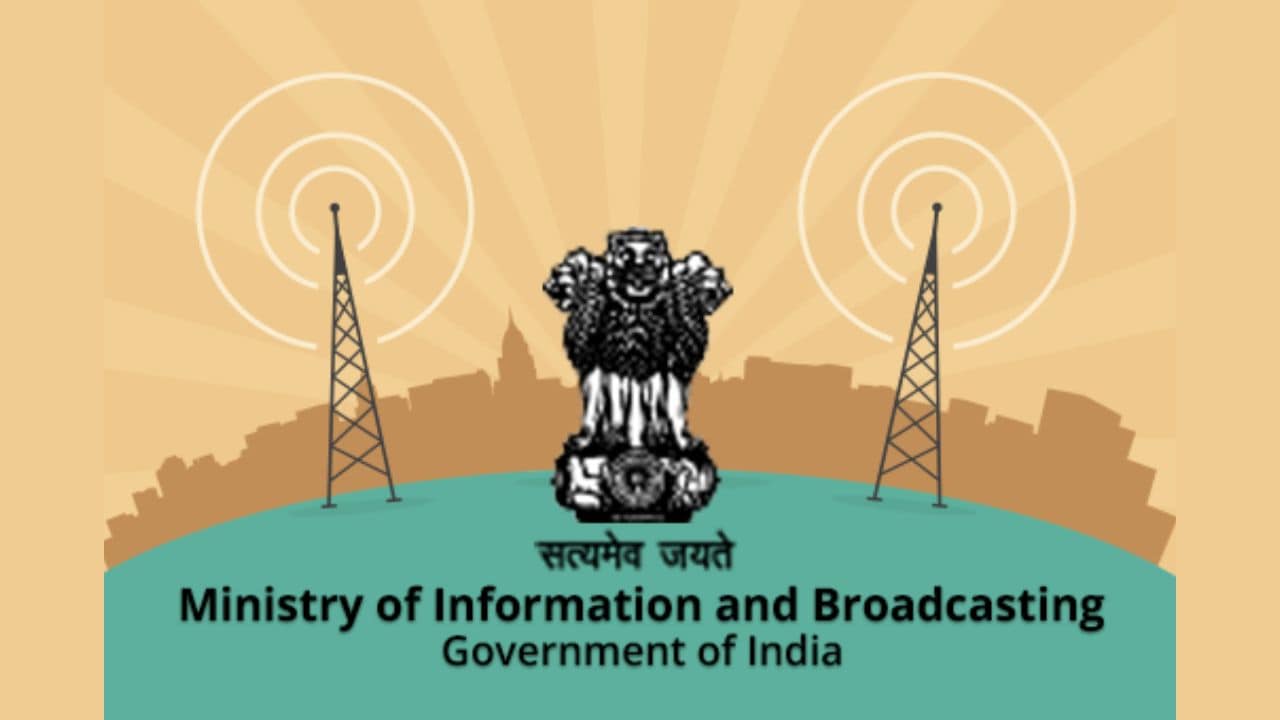The Ministry of Information and Broadcasting (MIB) has referred the Direct-to-Mobile (D2M) broadcasting proposal to a committee of secretaries. According to sources, this committee includes representatives from the Department of Telecommunications (DoT), Ministry of Electronics and Information Technology (MeitY), Department of Space (DoS), and MIB. Initially, the D2M broadcasting proposal was intended to go directly to the cabinet.
Direct-to-Mobile is a broadcasting technology that enables users to receive multimedia content on their phones without an internet connection, similar to FM radio, where signals are transmitted and received by a device’s receiver. The government plans to roll-out D2M nationwide especially in tier II and III cities.
Prasar Bharati, in partnership with IIT Kanpur and Saankhya Labs (Tejas Networks), is currently testing D2M technology in over 19 cities in India. This technology could allow the government to broadcast content in areas lacking internet connectivity, focusing on educational programming and emergency broadcasts.
Telecommunications companies have voiced opposition to the D2M initiative, citing potential business losses in video consumption, one of India’s fastest-growing market. However, the Telecom Regulatory Authority of India (TRAI) has supported D2M technology as a means to expand digital terrestrial broadcasting, allowing it to coexist alongside cable and satellite.
The MIB has strongly advocated for D2M, highlighting that, of the 280 million households in India, only 190 million have a television, leaving the rest “TV Dark.” In contrast, there are approximately 800 million smartphone users and 250 million feature phone users in the country.
“The MIB had initially planned to present the D2M proposal directly to the cabinet but has since chosen to recommend it to the committee of secretaries instead. Notably, no telecom stakeholders are part of this committee. MIB is still not convinced on the D2M proposal and will seek response from the committee for further plan of action,” said a source close to the development.
“D2M technology will allow broadcasters to extend their reach to even the most remote parts of the country. However, it’s crucial to determine how the government plans to implement D2M technology nationwide,” the source added.
Sanjay Jaju, Secretary of the MIB, recently discussed the benefits of Direct-to-Mobile (D2M) broadcasting, which enables content delivery directly to mobile devices. He noted that Prasar Bharati, in collaboration with IIT Kanpur and Saankhya Labs, is conducting trials with both high-power and low-power transmitters.
Anil Kumar Lahoti, Chairman of TRAI, highlighted the rapid growth in the Media & Entertainment sector, projected to reach ₹3.08 trillion by 2026, driven by the expansion of new media platforms. Lahoti emphasized that Direct-to-Mobile (D2M) broadcasting is becoming a viable alternative technology for content delivery, allowing simultaneous broadcasting without requiring internet connectivity.
